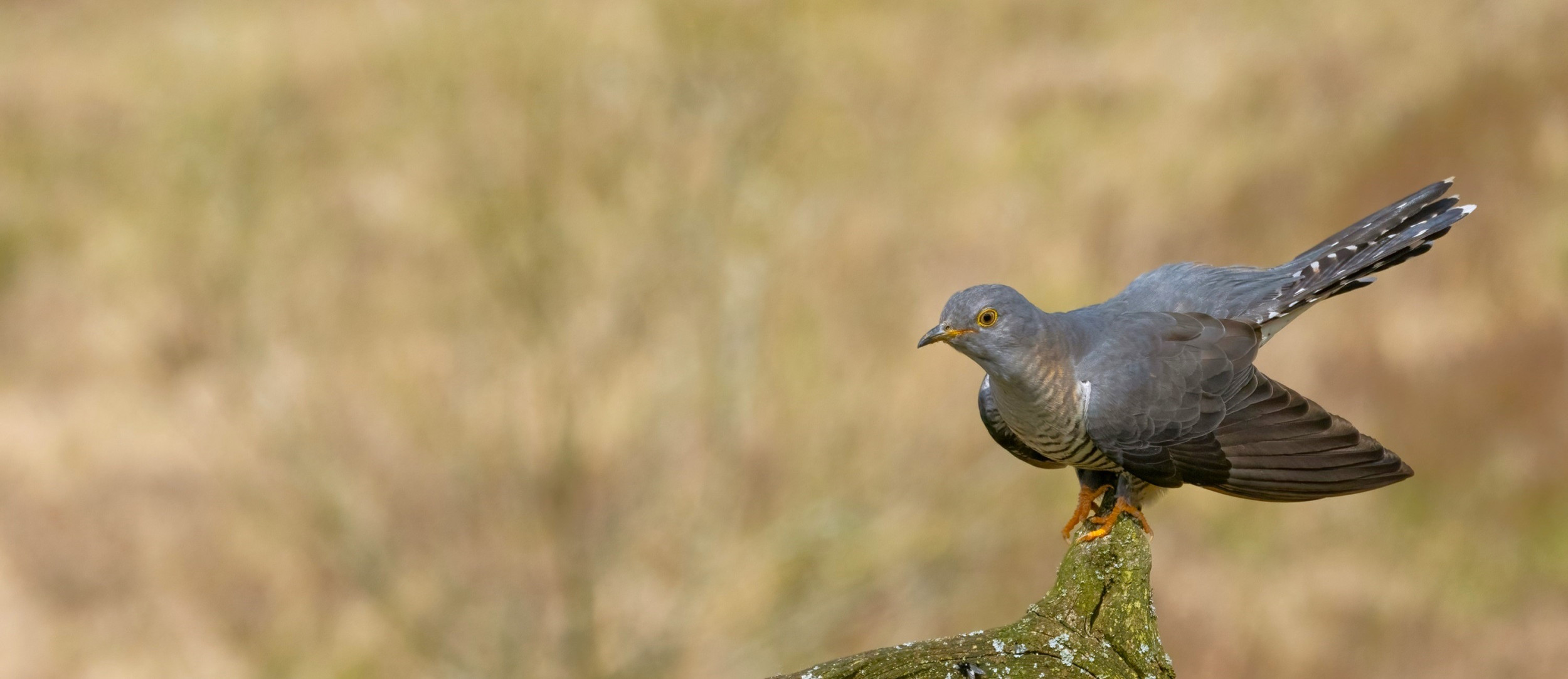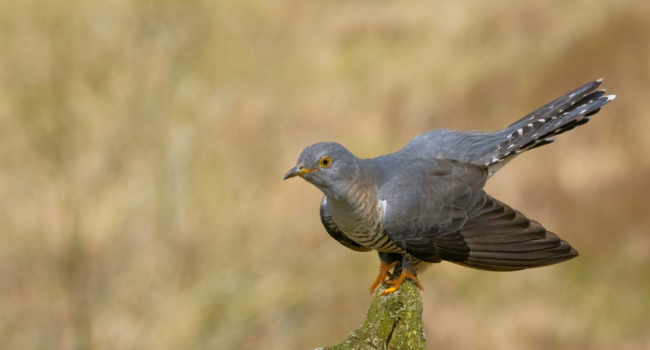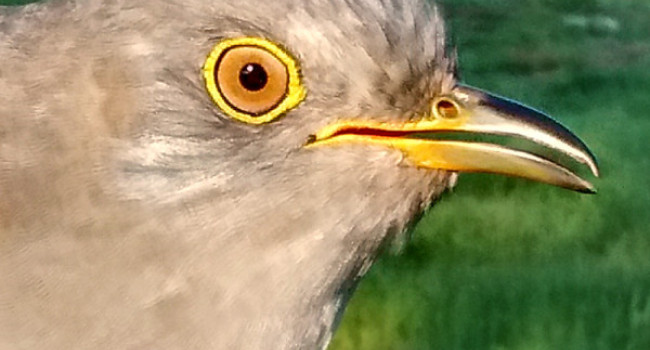Chris has left the Po watershed and by the 22 July had travelled 765km (475 miles) to the north-west of Sicily. Last year, after a short stop in the Po Watershed, he also had a short stop in Sicily before embarking on his crossing of the Sahara Desert just two days later. This year he arrived in Italy on 4 July and has spent more time at this stopover than he did last year, when he spent a larger amount of time in Belgium before heading south.
Updates from our Cuckoos
Read the latest updates from our Cuckoos on their epic migration between the UK and tropical Africa, or track their movements in real-time on our Cuckoo migration map.
- If you enjoy these updates, please consider sponsoring a Cuckoo. Sponsors receive special updates about their chosen Cuckoo in the Cuckoo e-newsletter.
Chris in Sicily
Derek in Spain
By the 19 July, Derek had left his position in France and flown 570km (325 miles) south-west and in to Spain, becoming the third Norfolk Cuckoo to take this route this year. He is just inside the Castile and Leon border with La Rioja, near to Quintanar de la Sierra.
David returns to Montenegro
From his position in France on 14 July, David has now journeyed east 1010km (630miles), travelling across Italy and the Adriatic Sea to Montenegro. He was the first Cuckoo we recorded in Montenegro last year, arriving there on 27 June 2012 via Germany. Roy, one of the Cuckoos tagged in Scotland, also made a stop here on 10 August. It is interesting to note that David has ended up here again this year, having travelled south to France and then east, rather than east first and into Germany first as last year. As his first stop when he left Devon was very close to the area in France he visited in the spring, while he was waiting for conditions in the UK to get better after his reverse migration, he could have learnt a new route from this previous experience.
Derek in France
Ken heads to Sussex
Having surprised us by leaving his tagging location in a north-westerly direction and heading to Lincolnshire, Ken has now finally begun his long journey south. A series of locations received during the day on 18 July show that he is now in East Sussex, north-west of Arlington Reservoir.
Ryder in Morocco!
Having not heard from Ryder for a week we were surprised to see that when he ‘popped-up’ on the 16 July he had become our most southerly Cuckoo. He was 35km (20 miles) south-west of Valencia, 530km (330 miles) SSW of his last position in France. Further signals received yesterday evening (18 July) show that he had continued south and was leaving the Atlas Mountains of Morocco in a south-westerly direction! This makes him the first of our tagged Cuckoos to arrive in Africa and the first non East- Anglian Cuckoo to have taken the westerly route via Spain. The transmission period continued until the early hours of 19 July showing that he was still heading south, close to the the Algerian- Moroccan border. We look forward to following his progress as he continues his desert crossing!
Goodbye Karma
There have been no further transmissions from Karma since we last wrote a blog on 4 July. During the last transmission we received on 16 June the temperature was as expected but the voltage was low. That was the last information we received and given that it has now been over a month and there have been no further signals, as we would expect if Karma was moving south, we have to accept that either the tag has failed or that Karma has died, the exact cause of which will always remain a mystery.
Which way next for Whortle?
Whortle has now been in the area of the southern French Alps for four days and is 5km (3.5 miles) north-west of Meailles. He is 24km (14 miles) west of David (one of the Welsh Cuckoos from 2012). These two birds were only 9.5km (6 miles) apart at their brief stopover point in northern Italy. It will be interesting to see where they both go from here.
From Italy to France for David
David has been a little busy since his last transmission, moving south and east into northern Italy to the general area in which quite a few of our birds have had a stopover. However, he only stayed here for two days before heading south-west into France. He is now 5km (3.5 miles) north-west of Pierlas in the southern French Alps. This movement mirrors that made by Whortle, one of the Dartmoor Cuckoos, and it might be that the feeding in the area of Northern Italy they were in wasn’t very good and they have both moved to find food, in Whortle’s case, retracing his steps to the last good supply.
Nelson in south France
We were waiting for further signals to confirm whether Nelson had left Norfolk and transmissions received from Nelson’s tag on 9 July show that he had moved to the south of France and was near Villefranche-de-Rouergue, about 90km (55 miles) north of Toulouse. From here he covered another 380 km (240 miles) in a south-easterly direction and locations by early this morning (12 July) placed him a couple of miles inland at La Mole, near to the coast east of Toulon.





Share this page